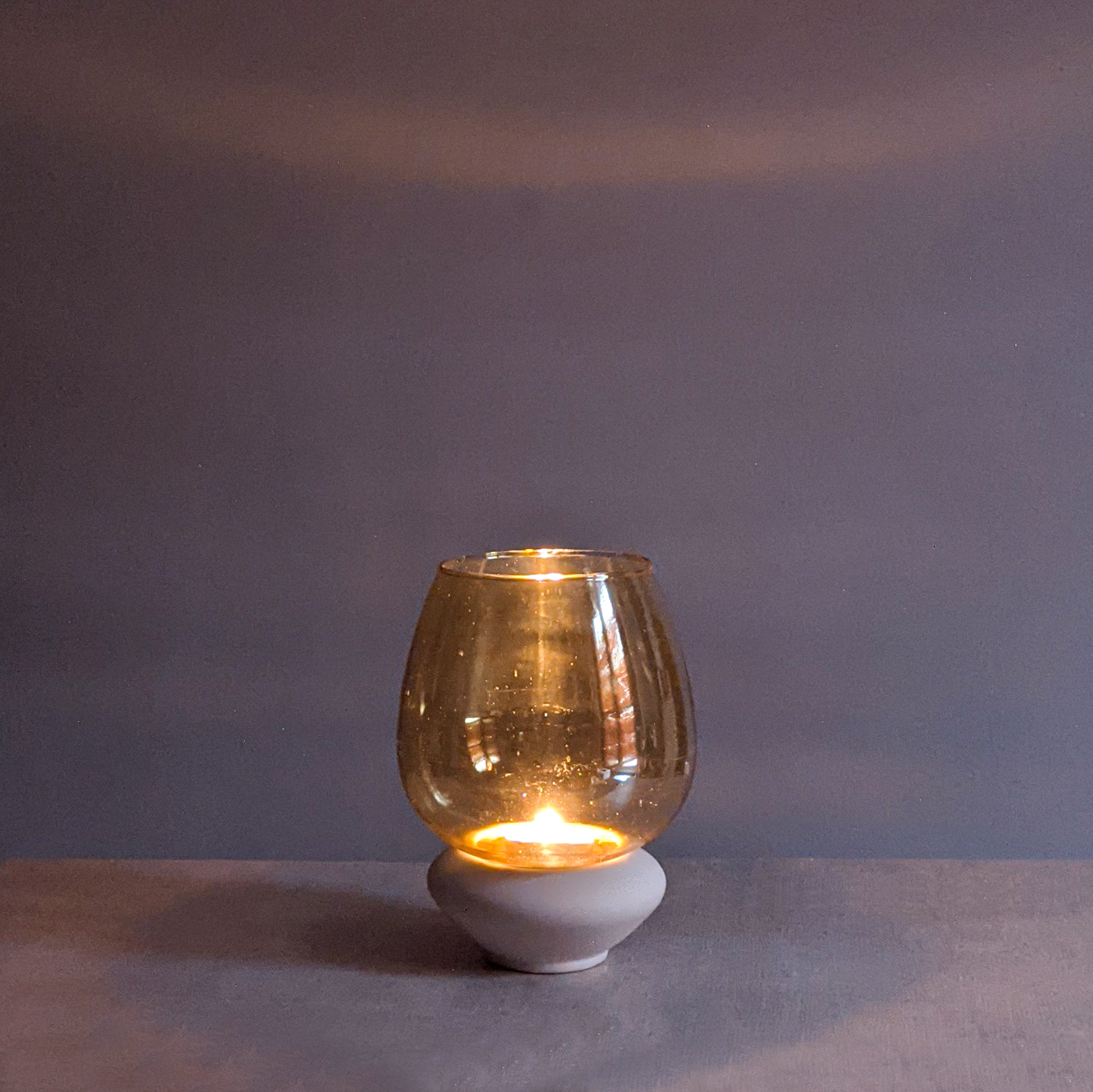The Story
As an architect playing with different materials always fascinated me, I started learning wheel-thrown pottery in April 2018 and from the first lessons, I found out that I love clay and pottery, not only was it soothing but also I was good at it. After my training lessons were finished thoroughly, I bought a wheel and start making vessels in my room. After a while, I decided to turn this hobby into a little business, I came up with a name, designed a logo, took photos of my works and made a page for my brand; Camon Studio. In Farsi, Camon means both bow and curve.

Nearly all my works have been presented on Camon Studio Instagram Page, but here I decided to display some of them with a few technical and inspirational definitions.
Burnished Surface
As a ceramist, I always liked vessels with their own brownish-red color more than the colorful glazed ones. One of the techniques to bring out the original color of the clay is burnishing in which clay is polished to a beautiful sheen without the use of glaze. Ancient potters used these techniques to produce their wares before glazes and kilns were developed. There is a lot of method for burnishing, I personally first sand the surface of the pottery several times and then massage it with felt before firing them in a kiln.
Half Burnished
Making vessels half burnished was completely coincidental, I was unsuccessful in burnishing the surface thoroughly so instead, I decided to sand that surface with rough sandpaper the difference between sanded and burnished surfaces was so interesting that I decided to make more of them.
White Clay
There are a lot of types of clay and earthenware, another one of my favourites is white clays which are not nearly as plastic as other clays and are difficult to work with. They are often mixed with other clays to both increase workability and lower the firing temperature.


Miniatures
In addition to making life-size pottery, I also make miniature scale pottery. The process of throwing miniatures is very much the same as throwing life-sized pottery except I contact the clay with my fingertips and some tiny tools rather than my entire hand. This process calls for a great deal of focus and patience.

Geometrical Vessels
One of the most interesting features of clay is its formability and inspired by geometrical volumes such as lab glassware, I designed and created some geometrical vessels which I love the most.
Lighting
Pottery has many capabilities in terms of use, one of which is creating lighting. It’s the grounding, natural quality of clay that has these lamps giving warm fuzzies to its atmosphere.



Experiments
In collaboration with BB art Crafts
Saggar firing is a method in which pots get fired inside a container that can be made from the foil or the clay itself. One of the points that makes a good product from this method is having a lot of experience. This result was our first experience in this field.

In oxidation reactions, the reduction of one compound gives its oxygen atom to another. We put a package full of sugar cubes in the kiln that need oxygen to burn. On the other hand, there are metal oxides in the glaze that have oxygen. Therefore, this equation gives us exciting metal glazes.
Group Sets
The combination of different colors, shapes and models of pottery brings out their beauty more.























